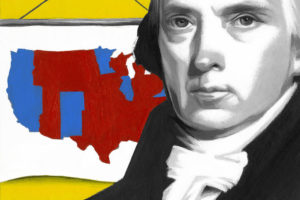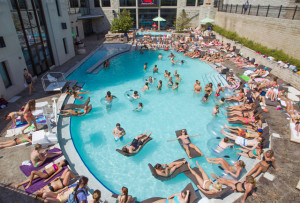Opponents have ranged from John Adams to Richard Nixon. Why has the system survived?

PHOTO: THOMAS FUCHS
The 2016 election results caused plenty of bitterness—not the least of which had to do with the Electoral College. Donald Trump won the presidency a year ago this week but lost the popular vote—something that has happened a handful of times in the republic’s history and twice in the past two decades. In a December press conference, President Barack Obama declared the system to be past its sell-by date: “It’s a carry-over from an earlier vision of how our federal government was going to work.”
What were the Founding Fathers thinking? At the 1787 Constitutional Convention, they created a unique system for choosing the president. Each state got a number of electors based on the total of its U.S. senators (two) and U.S. representatives (as set by census). Each state legislature could decide the method of picking electors, but if the electors’ vote was inconclusive, the choice would be sent to the House of Representatives. “The original idea,” wrote Federal Election Commission official William C. Kimberling in 1992, “was for the most knowledgeable and informed individuals from each State to select the president based solely on merit and without regard to State of origin or political party.” Continue reading…







